
Fixed-Income Investors Warily Eye Congress and the Fed. From Hartford Funds

Fixed-Income Investors Warily Eye Congress and the Fed:
Ample monetary and fiscal stimulus has kept fixed-income investors optimistic. But what if that support fades? From HartfordFunds
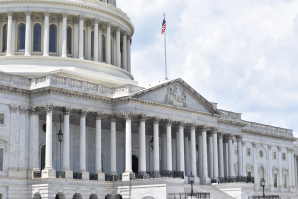
From rising inflation to the COVID-19 Delta variant and more, there is no shortage of risks and challenges facing investors in today’s global market landscape. But from our perspective, many fixed-income market participants have been more or less looking past such macro concerns in favor of a more upbeat narrative around continued economic recovery and growth. This narrative has gained ample support from the global trend of ongoing monetary and fiscal policy stimulus, particularly in the US, since the onset of COVID-19. What happens in Washington doesn’t stay in Washington.
With that in mind, let’s examine the key US government policy catalysts that have been moving fixed-income markets in recent months and may continue to do so in the period ahead.
US Monetary Policy
The US Federal Reserve’s (Fed’s) September 21–22 Federal Open Market Committee (FOMC) meeting and accompanying statement, followed by Fed Chair Jerome Powell’s press conference, finally gave investors some much-needed clarity around the potential start date and pace of Fed tapering.
Essentially, the FOMC indicated that the Fed expects to begin winding down its large-scale asset-purchase program in November 2021—sooner than most market participants had anticipated—and could then complete the tapering process as early as mid-2022. (However, the Fed of course retains flexibility to postpone or slow tapering in response to evolving inflationary and other economic or market conditions). Importantly, regarding short-term interest rates, Chair Powell seems to have expressly de-linked tapering from the timing of when the Fed may begin to raise the federal funds rate. In other words, just because tapering commences does not necessarily mean that rate hikes will happen immediately (or even soon) thereafter.
Naturally, fixed-income market participants will be keeping a close eye on Fed-related developments, both its words and its actions, in the coming weeks and months.
US fiscal policy appears to have entered an era of greater government spending, which may spur higher inflation and help drive fixed-income markets going forward.
US Spending Bills
In August, the US Senate overwhelmingly approved President Biden’s US$1 trillion spending package to rebuild and upgrade the nation’s aging infrastructure and to fund new climate resilience and other initiatives. The bipartisan bill must now pass the US House of Representatives, which seems probable at this juncture, before it can be enacted into law. (For more on the Biden administration’s infrastructure plans, see A Revival in US Investment Spending: Implications of the Biden Infrastructure Plan, authored by our colleague, US Macro Strategist Juhi Dhawan).
In addition, and perhaps even more critically, the Senate is currently working on a multi-trillion dollar budget resolution that is heavy on so-called human infrastructure and may be able to clear that chamber by way of congressional reconciliation (a simple majority vote). Along with the above-referenced infrastructure bill, this illustrates how US fiscal policy appears to have entered an era of greater government spending, which may spur higher inflation and help drive fixed-income markets going forward.
Meanwhile, September was marked by multiple US “fiscal cliffs”: Extended unemployment benefits expired, the federal eviction moratorium was lifted, and expanded SNAP benefits are falling off. The hard-to-answer question here is, how well will the US economy transition toward earned income sustaining consumers as these fiscal transfers fade?
US lawmakers may once again find a way to raise the debt ceiling, but the near-term path to that hoped-for outcome could be rocky.
The US Debt Ceiling
Concerns about the US federal debt limit are mounting as Congress prepares for a high-stakes showdown over raising this debt ceiling ahead of a mid-late October deadline—the approximate date by which the government could exhaust the extraordinary funding mechanisms that allow it to stay below the statutory debt limit. While unlikely, failure to raise the debt ceiling in time would imply selective government-debt default, potentially leading to an array of negative economic and market consequences. Moreover, if a federal government shutdown occurs (even for a short period), the collapse of debt-ceiling negotiations would delay delivery of any further US fiscal stimulus measures.
US lawmakers may once again find a way to raise the debt ceiling, but the near-term path to that hoped-for outcome could be rocky and negotiations may go down to the wire. In the interim, debt-ceiling worries and related political brinksmanship have already created some fixed-income distortions, notably at the front end of the Treasury bill market. Similar market dislocations and volatility took place amid the debt-ceiling battle of 2011, when doubts around government creditworthiness led Standard & Poors to strip US sovereign debt of its AAA credit rating.
Investment Implications
- A somewhat more hawkish Fed makes us aware of interest-rate volatility, particularly on the front end and belly of the yield curve.1
- Passage of both the bipartisan infrastructure bill and the reconciliation bill would likely be positive for spread2 and risk products, as additional fiscal stimulus would serve as a tailwind during the recovery.
- A debt ceiling-led default, while unlikely, is one that could have profound impacts on risk assets3 and market functioning. Even the ratings downgrade that took place in 2011 was enough to trigger a sharp sell-off in risk assets during that summer. Market participants are seeking clarity on the exact path on how this issue is resolved before the Treasury runs out of extraordinary measures.
- Also, with midterm elections slated for next year, even if the Biden administration pushes through many parts of its proposed agenda, Republicans will likely point to rising US debt as a major issue in the 2022 midterm elections.
1 A yield curve is a line that plots yields (interest rates) of bonds having equal credit quality but differing maturity dates. The slope of the yield curve gives an idea of future interest rate changes and economic activity.
2 Spreads are the difference in yields between two fixed-income securities with the same maturity, but originating from different investment sectors.
3 Risk assets refers to assets that have a significant degree of price volatility, such as equities, commodities, high-yield bonds, real estate, and currencies.
The views expressed here are those of the authors. They should not be construed as investment advice. They are based on available information and are subject to change without notice. Portfolio positioning is at the discretion of the individual portfolio management teams; individual portfolio management teams, and different fund sub-advisers, may hold different views and may make different investment decisions for different clients or portfolios. This material and/or its contents are current as of the time of writing and may not be reproduced or distributed in whole or in part, for any purpose, without the express written consent of Wellington Management or Hartford Funds.
Important Risks: Investing involves risk, including the possible loss of principal. • Fixed-income security risks include credit, liquidity, call, duration, and interest-rate risk. As interest rates rise, bond prices generally fall.
CRN202211-1198950




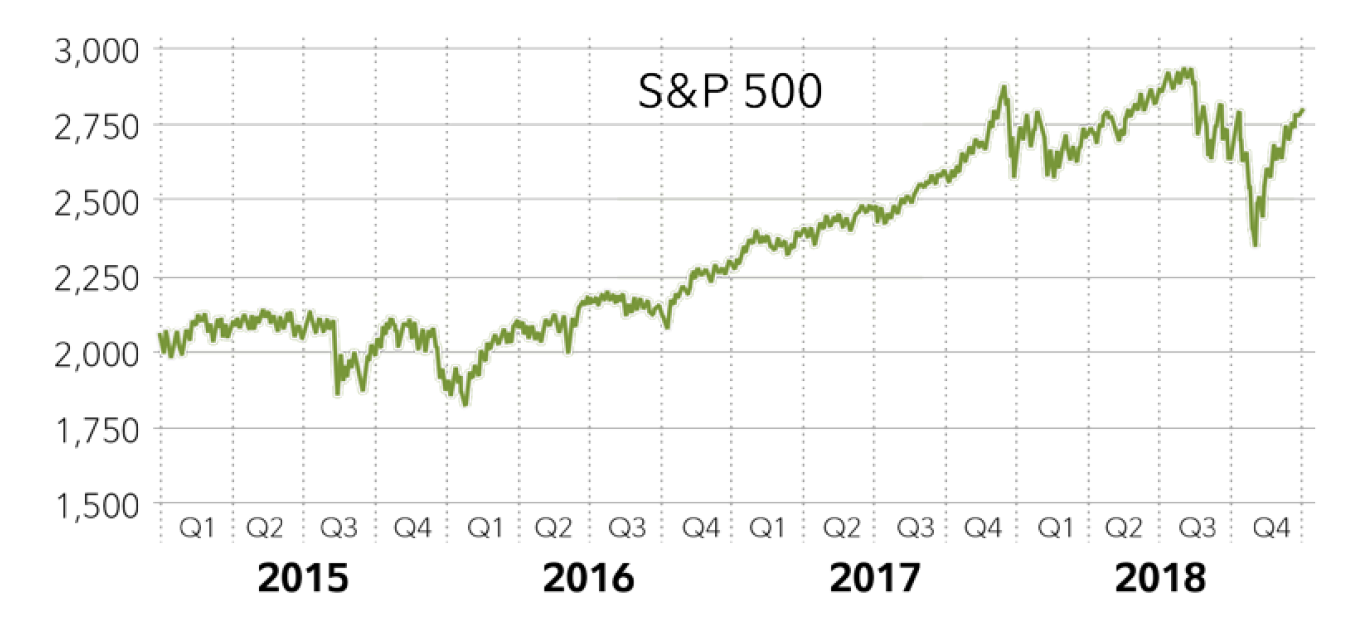
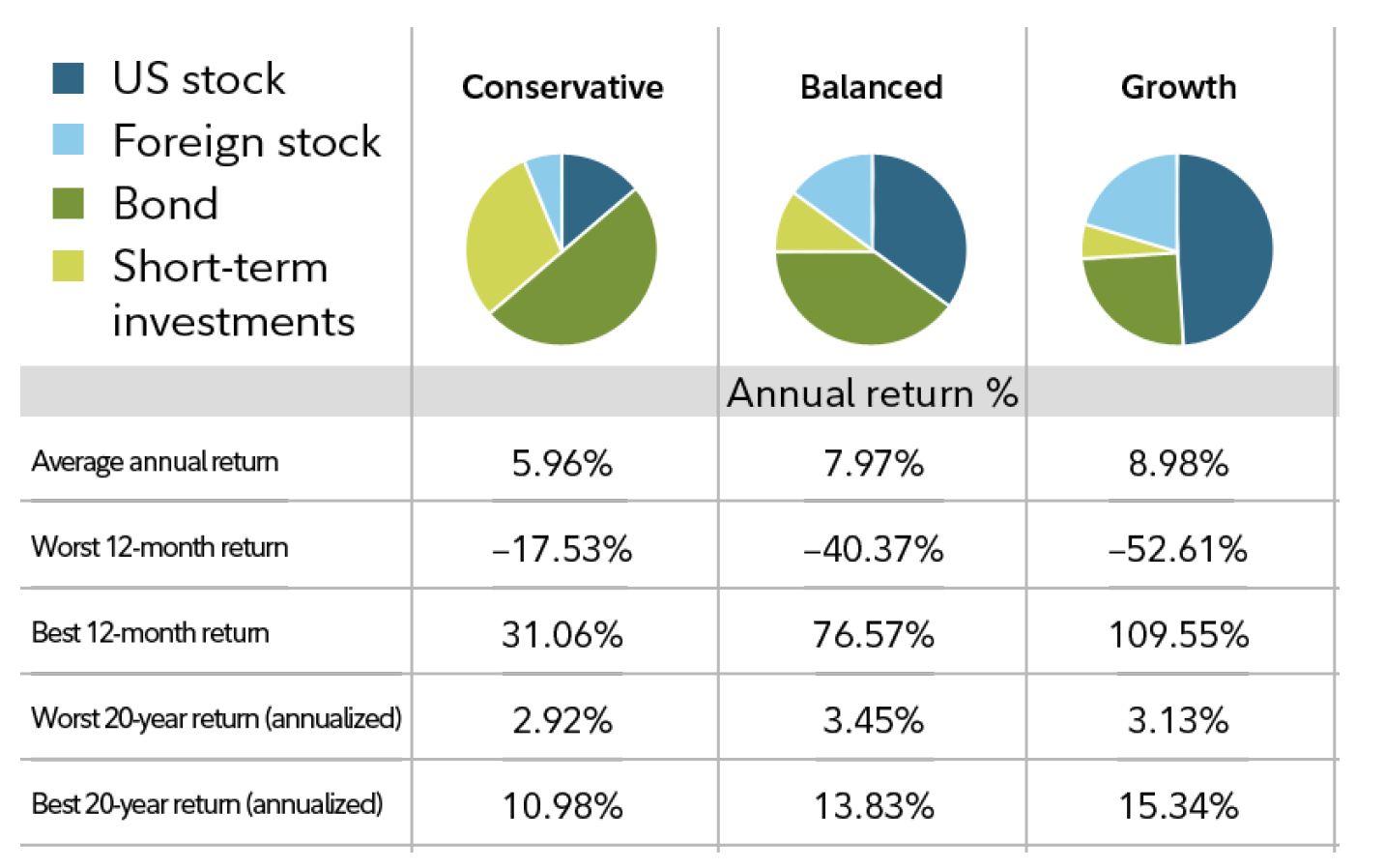
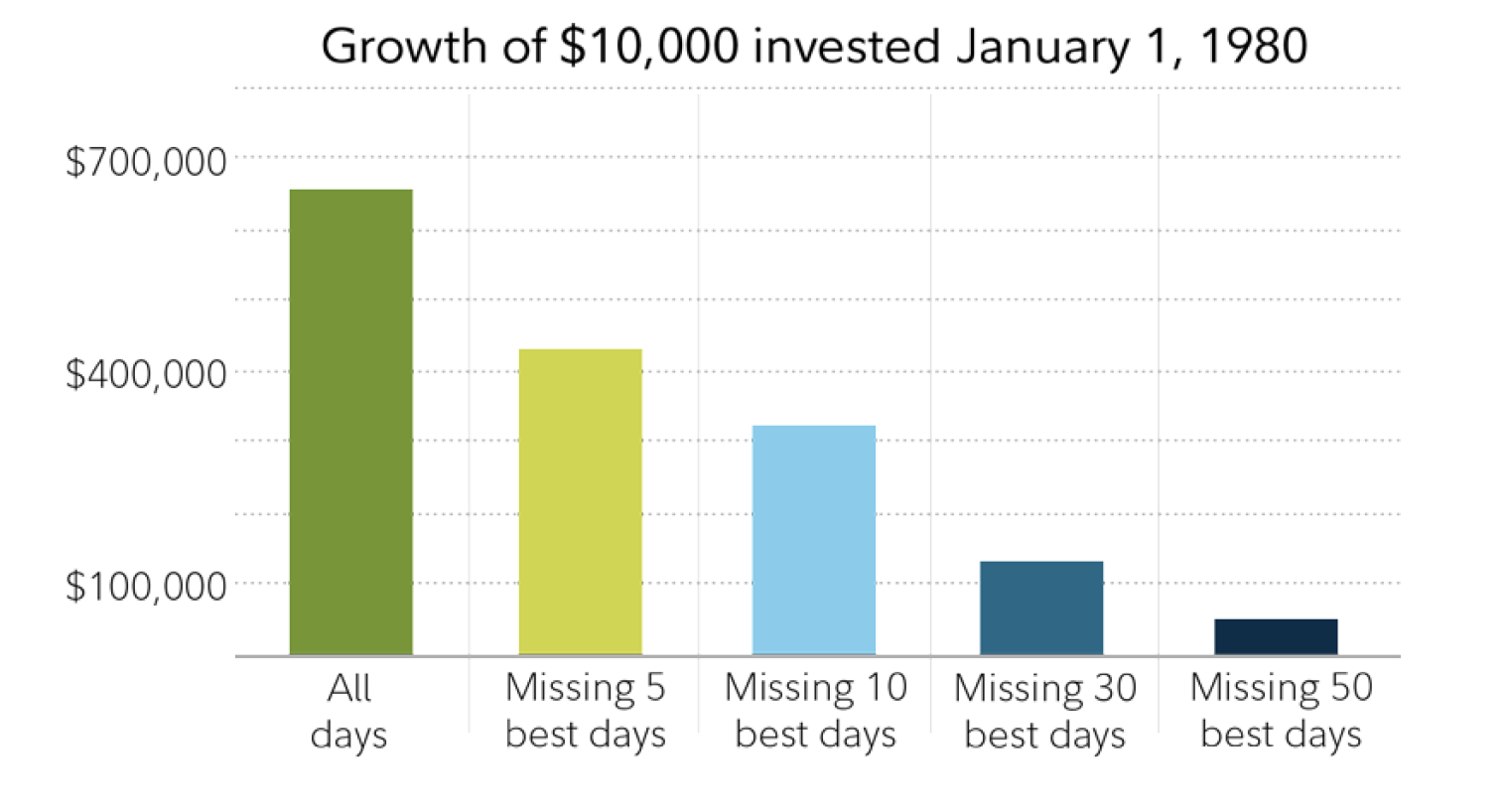
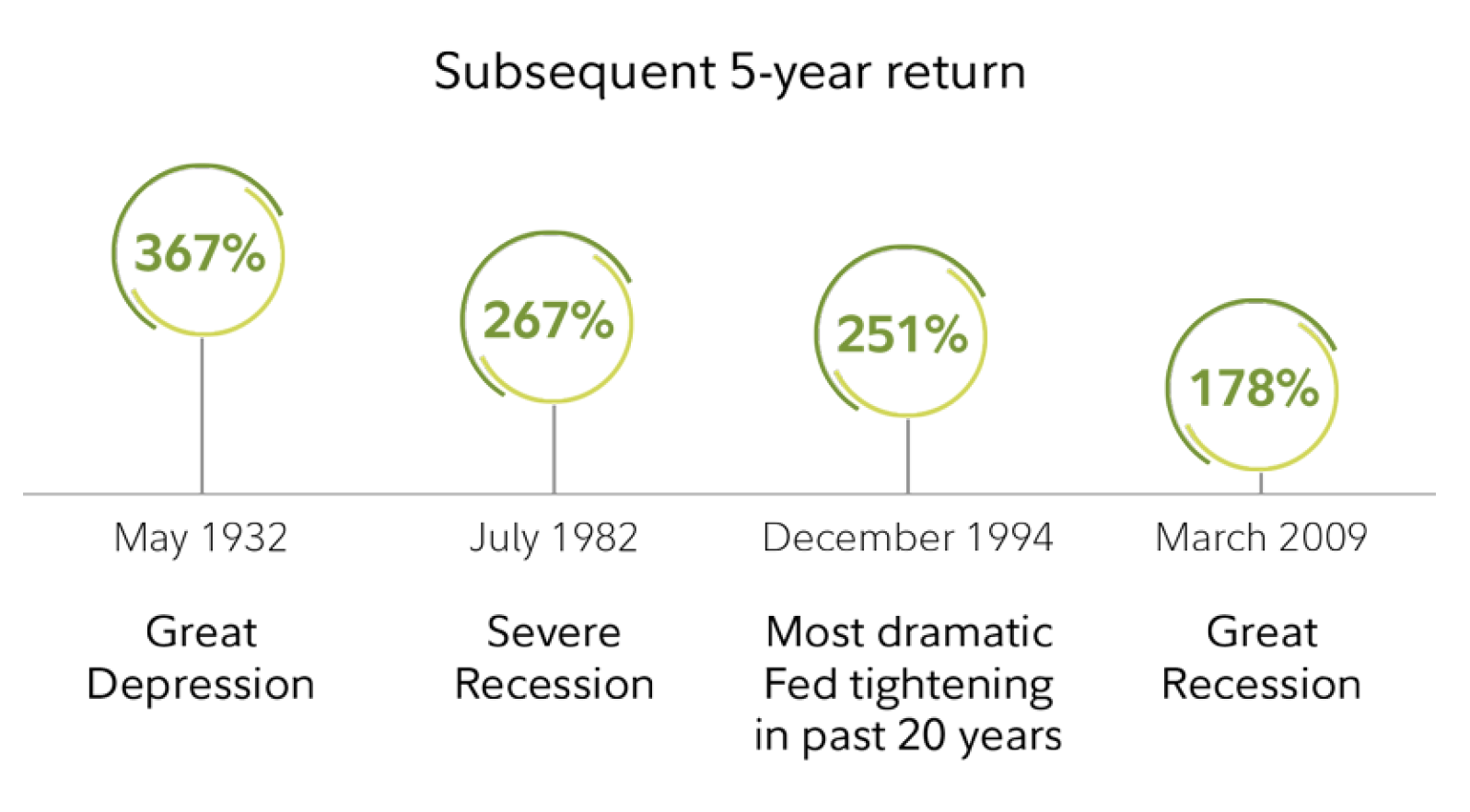
Recent Comments